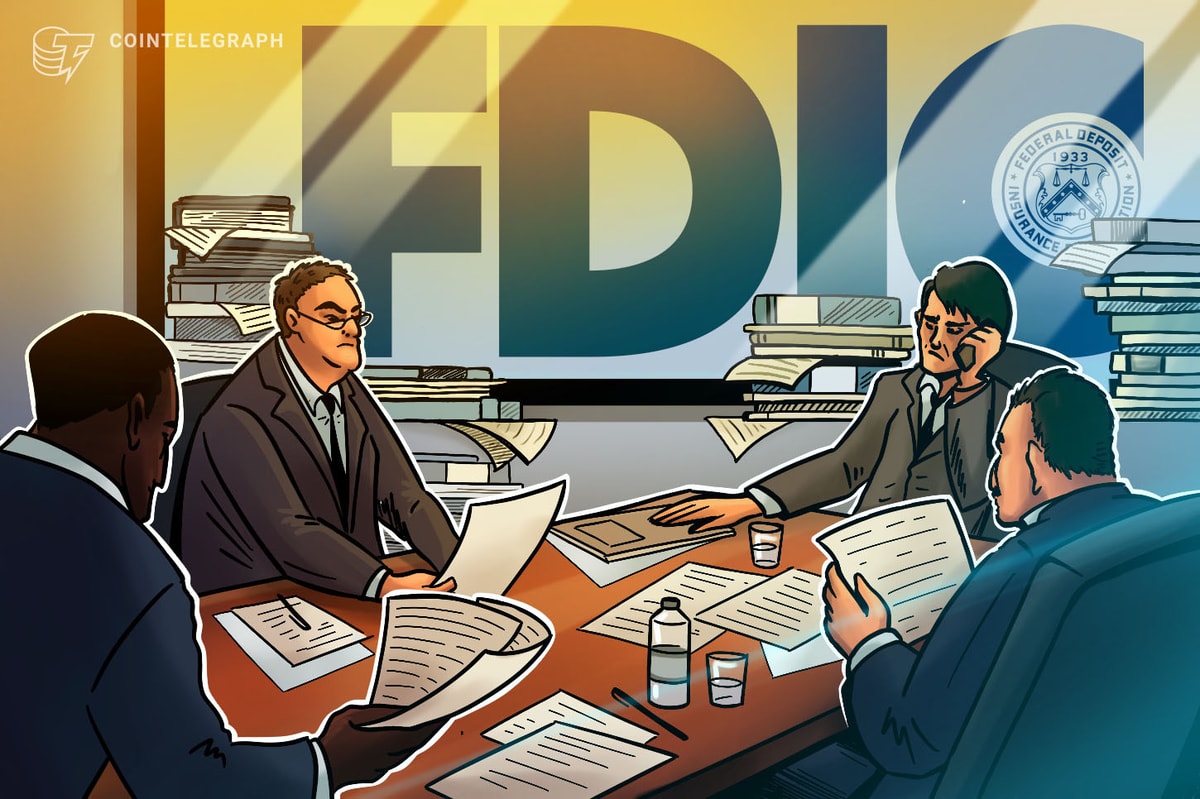Three federal agencies of the United States government have identified the risks facing banks if they decide to detention on behalf of their customers, according to a document published by the joint agencies on Monday.
While the advertisement said that the document “does not create any new supervisory expectations,” it provides a framework for banks that are considering entering the encryption space, as some reports suggested.
According to the document, entitled “Crypto-Sefin Camping by Banking Organizations”, the bank’s risk assessment will include the ability to understand the category of complex and developed assets; Responsibility capabilities if you lose encryption assets; Legal responsibilities and compliance related to the banking confidentiality law and money laundering regulations.
“Providing encrypted assets service may require great resources and attention,” she says. The three federal agencies responsible for the document are the Federal Deposit Insurance Corporation (FDIC), the Currency Observer Office (OCC) and the Federal Reserve Governor Council.
Often, financial institutions use third parties to attend encryption assets. For example, Blackrock Coinbase and Archorage later used Bitcoin (BTC). BNY Mellon, the oldest bank in the United States, offers customer assets custody.
The document indicates that banks are responsible for “the activities performed by the sub -generation.” This advice may be important in the future if the bank’s guardianship is penetrated and the encryption is lost.
The agencies write that the audit programs are necessary and must address the nuances of the encryption assets, including the main generation, controls related to the transfer of assets and settlement experience. If the audit programs are not present within the bank itself, the administration must involve the appropriate external resources … to assess the preservation of encrypted assets. “
Related to: The Trump administration overlooks an executive order “Dymbanting”: WSJ
The most favorable organizational environment may attract banks
There were indications that some banks were considering entering the encryption. In May, the Wall Street Journal reported that a group of large banks was in “early talks” for a common encrypted version.
Banks may see that the current organizational environment is more convenient, especially since the ruling bodies have made the transition to encryption easier. For example, the Federal Reserve canceled the criteria of “reputable risks” from their supervision of banks, which critics say was used to target the encryption work in an unfair way.
Also in May, financial observer Rodney Hood wrote a letter to banks and federal savings associations, saying they could buy and sell the encrypted currency they are in the direction of their customers. In 2025, FDIC underwent a “regulatory reset” and reduced encryption restrictions for banks.
Some original encryption companies are looking to walk the opposite road: to become a bank themselves. On July 2, Ripple, XRP (XRP), is applied to obtain a bank license with OCC. Circle, the creator of Stablecoin USD Coin (USDC), has done the same.
Magazine: Legal Committee: Crypto wanted to topple banks, and now it’s in Stablecoin fighting



